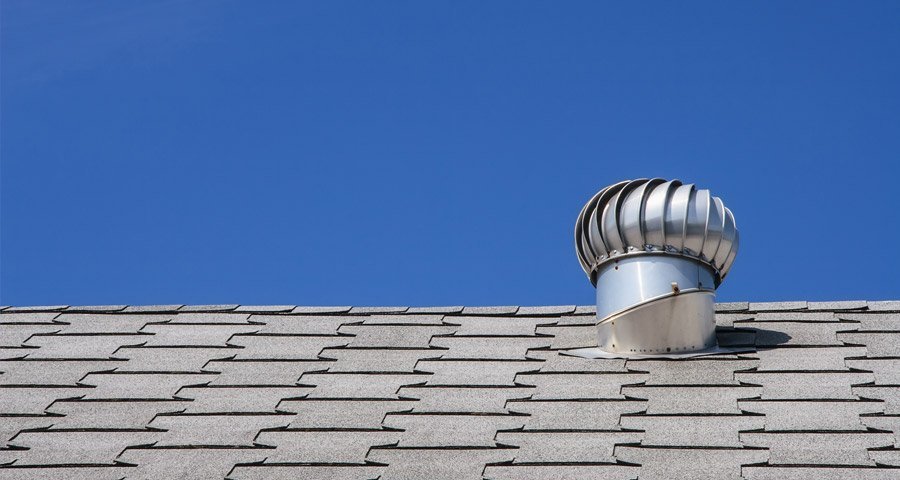In the mid-1970’s new houses were constructed and were advertised as being energy efficient. This trend has grown to the present. Now the houses are so energy efficient that some people boast of $300 yearly fuel bills. Building an energy efficient home really meant using better-built windows and doors and sealing up the structure to stop the outside air from leaking in and the inside air from leaking out.
Unfortunately, what was not apparent was that the older houses had air leaks which supplied combustion and ventilation air. What was starting to happen was that the energy efficient houses were becoming tighter and indoor air quality was deteriorating as a result. The tighter the house the worse the condition. Combustion and ventilation air are not able to infiltrate into the house and combustion devices are being starved of air. There is no replacement air for the exhaust fans to blow out which causes the house to depressurize. Depressurizing a house can lead to a new set of problems including carbon monoxide poisoning. The problem is not confined to new houses.
Anyone who has renovated with a few tubes of caulking, new windows, doors or siding, has changed the air infiltration rate. In every case the cost of heating would be less, but, tightening up the structure, without considering the need for combustion or ventilation air, can invite disaster.
Symptoms of a too tight house are condensation on the windows, smoke escaping from the fireplace or wood stove, mould or mildew growing in corners or cupboards, residual smoking or cooking odors and a general stale smell, especially in the mornings. Another common sign is a high humidity level that cannot be corrected.
While these symptoms are unpleasant and undesirable, symptomatic health problems can be far serious. Constant headaches, dizziness, sleepiness, watery eyes, breathing difficulties, and in some cases death can be attributed to houses with poor air. Most susceptible are the very young and the elderly. Asthma sufferers and people with allergies are especially susceptible to poor quality air.
Since the tightness of the house is causing the health problems then it follows that if the house is made less tight then related health problems will also cease. The common thread linking all of these symptoms together is the lack of ventilation, and this can be verified quite easily by following some simple steps. Begin by opening a window about 1″, on each floor. Leave the windows open for 24 hours or until the house symptoms are gone and then close the upper most window each day until the symptoms reappear. This test requires very little effort and will only cost some heat. Measure the amount of opening that is left and that is the amount of opening that must be provided in the outside wall. This test will verify that you have a lack of ventilation air.
The simplest form of adding ventilation and combustion air is to keep the windows open but since the air coming in would be freezing cold it is not too practical. What is required is a device that brings in outside air, warms it, delivers it around the house and is as cheap to operate as opening a window. A US Plusaire® correctly sized for the house is such a device.


